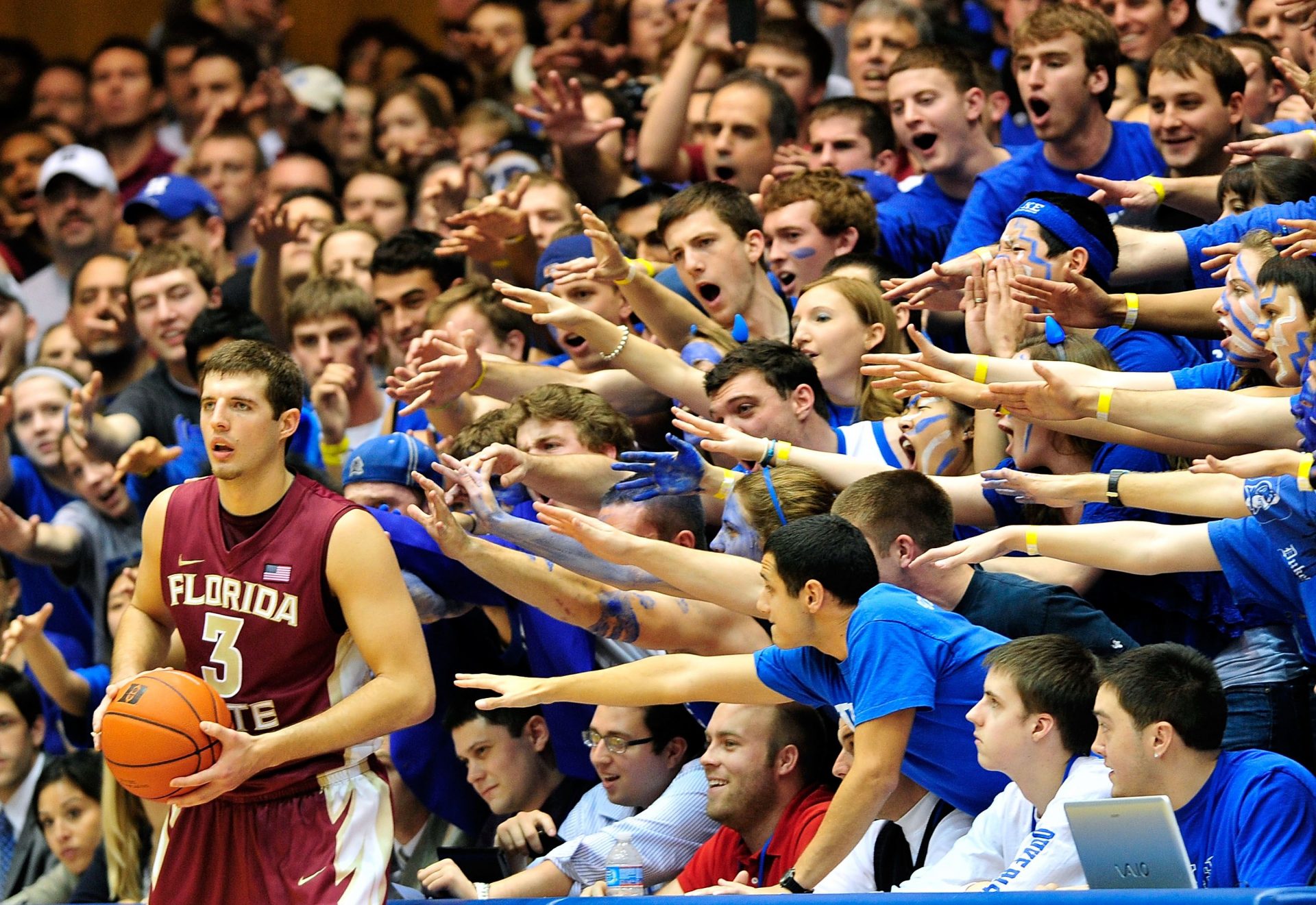Nothing is quite like the charged energy of a college hoops arena on game night. The student section is raucous, the band’s playing the fight song at top volume, and the excitement is infectious. It’s more than a game for the home team—it’s a show full-out on their home stage. But here is the million-dollar question: how much does that home court sway things their way?
Home Court Advantage Can Be Considered More Than Just Cheers
Let’s be honest: Home court advantage in college hoops is not a myth. It’s a well-documented advantage that can be the difference between a buzzer-beating victory and a crushing defeat. Stats like these show us, through NCAA information, that home teams win an average of 67.8% of their contests.
However, it extends beyond wins and losses. The mental impact of a deafening, energized crowd, coupled with the physical advantage of not having to travel, gives a discernible advantage.
Consider Kansas’ legendary Allen Fieldhouse, for instance. Since 2000, the Jayhawks have been 276–15 at home. That’s not merely dominance—it’s a fortress. ESPN once had it as the loudest arena in college hoops, where the deafening roar of almost 17,000 can shake even the most formidable competitors.
And it’s not only the blue bloods. Teams like Gonzaga, Duke, and Arizona have similar near-impenetrable home records. These aren’t arenas—these are pressure cookers.
What Makes Home Court So Dominant?
Here’s a summary of why playing at home tends to give college teams such a significant advantage:
Crowd Noise and Energy: A screaming home crowd doesn’t just yell for excitement—they actually affect the game. Referees are human, and research indicates that the stress of a yelling crowd can affect close foul calls to the home team’s benefit. That alone can change the outcome of a game.
Familiarity with the Court: Consider how many shots athletes shoot in their home gym yearly. They are familiar with the bounce off the rims, the lights’ brightness, and the floorboards’ creak. That muscle memory counts.
Avoiding Travel Stress: Road teams must endure early flights, late nights, hotel beds, and irregular meals. On the other hand, the home team sleeps in their own beds and adheres to routine. That familiarity contributes, particularly in pressure conference games.
Officiating Trends: Various studies have indicated that home teams receive more favorable calls. Even a couple of additional free throws can be the difference in close games.
Home courts aren’t equal. Some conferences are simply constructed differently regarding home superiority. Based on some recent advanced statistics at Haslametrics and KenPom:
- The Big 12’s home court advantage is the best in the nation, with a +5.34 average point differential when teams are hosting.
- The Big Ten and SEC are close behind, pushing a +4.0 to +4.5 advantage.
Lower-division conferences such as the MEAC and Missouri Valley also demonstrate substantial home advantages, often due to older, cozier gyms that seat fans directly on top of the action.
Another good example: Gonzaga’s McCarthey Athletic Center (aka “The Kennel”). It’s officially one of the rowdiest arenas in the sport, and the Zags are 120–8 at home in the last ten years. Arizona State coach Bobby Hurley recently stated after playing there, “We lost four or five possessions of offense just because we could not hear anything and we couldn’t get everybody on the same page.”
Why Is It Evolving?
Surprisingly, home-court advantage has declined somewhat in the last ten years. Throughout the COVID-19 pandemic, games were played in empty stadiums, and home teams lost more than they usually would. That opened people’s eyes to how significant the presence of the fans is.
Now, with crowds returning, the numbers are increasing again, but still not to their pre-pandemic levels. Experts attribute gains in travel, analytics-based coaching, and improved mental preparation by road teams to why home court doesn’t quite have the same influence it used to.
But the crowd’s effect cannot be denied for big games—think March Madness or rivalry contests.
In the end, home court advantage is more than just statistics. It’s pride, tradition, and school spirit. It’s that intangible moment when a freshman hits a deep three to take down a ranked team, or the whole gym begins bouncing after a thunderous dunk.
KEEP READING: How College Basketball Prepares Players for the NBA
As Gonzaga’s Khalif Battle summed it up after a crazy game, “Honestly, when I do things like that, I don’t even hear the crowd. But everybody was turning up, so I was turned up.”
So the next time you witness a wave of students with face paint, yelling at the top of their lungs, don’t forget: they’re not just fans. They could be the sixth man who propels their team into the win column.
College Sports Network has you covered with the latest news, analysis, insights, and trending stories in college football, men’s college basketball, women’s college basketball, and college baseball!


